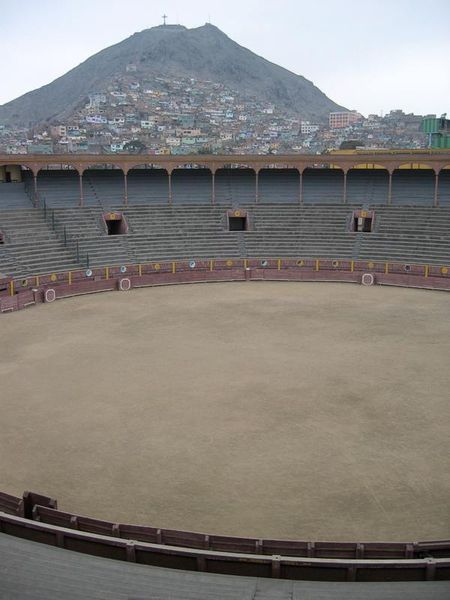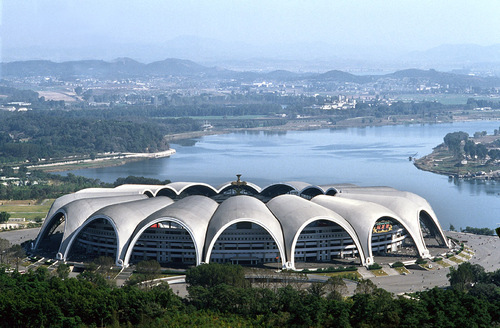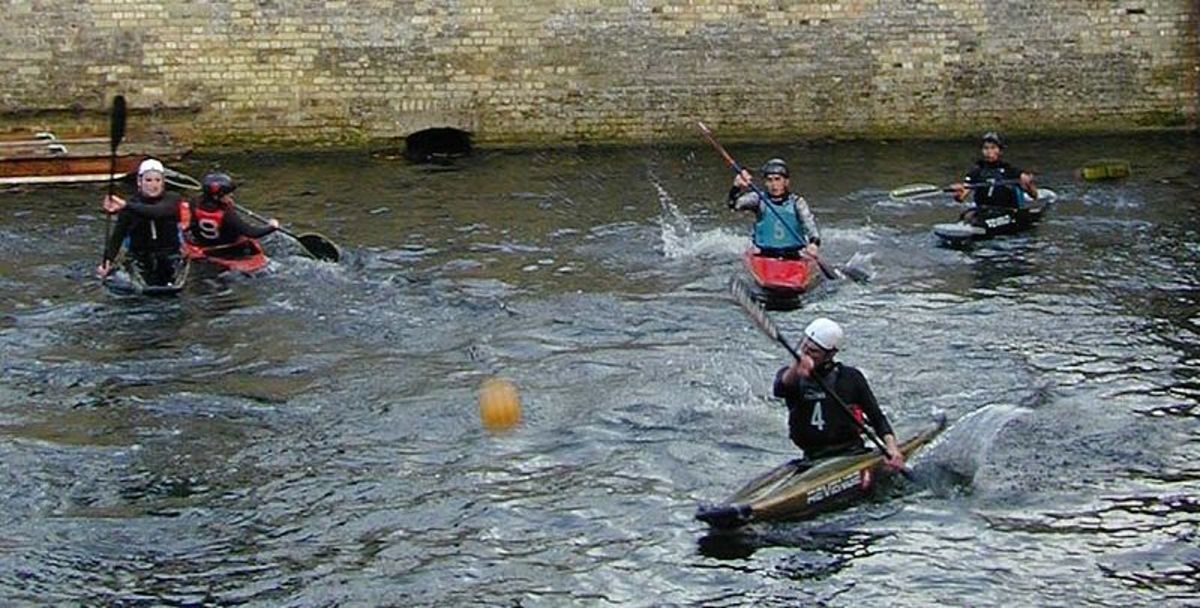The Fronton Palace Mexico Open Again in 2010!!!
The Elegant Fronton Palace, Mexico City
Click thumbnail to view full-size




Jai-alai is one of the world's fastest sports.
PLEASE NOTE I WROTE THIS HUB WHEN THE FRONTON PALACE WAS CLOSED FOR 18 YEARS. I HAVE JUST HEARD IT REOPENED FOR MEXICO'S BICENTENIAL THIS YEAR (2010) I WILL VISIT IN 2011 AND UPDATE WITH A NEW ARTICLE.
When Mexico decides to adopt another country’s sport, they tend to splurge and build the world’s biggest facility to showcase their new passion. They did it with the British game, soccer: the Stadio Azteca is up in the top two on the planet in the number of spectators it can accommodate, and was the largest for some years. (See footnote). After hundreds of years of supporting bullfighting, brought by the Spaniards, they built the mammoth Monumental Plaza de Toros, far bigger than any arena elsewhere in the world, seating around 100,000 screaming aficionados.
Then it was the Basques turn, their favourite sports were held on the Fronton Court: Jai-alai, and the others, so the sumptuous Fronton palace was constructed on Mexico City’s Republic Square in 1929, where it began a series of ups and downs until finally failing and closing its doors in 1996.
Jai-alai, the forerunner of the games played on the Fronton, hails from Pais Vasco, the Basque Country, known in their singular and mysterious language as “Euskadi.” The game has won acceptance in most Hispanic countries, as well as the United States, after Americans crossed the border at Tijuana to the Fronton Palace there. (And “Tijuana” means “Auntie Joan” - Tia-Juana - in case anyone was waiting with bated breath for that piece of utterly useless trivia).
Jai-alai (trivia booklets ready) means Happy Fiesta in the Basque tongue. The game can trace at least some of its roots back to the mysterious East; and the same roots can be traced back to the Chinese from the games played on a similar ball court by the Aztecs and other pre-Hispanic nations.
The game has been modified over the years to the blurringly fast and furious game it is today. Unfortunately, in Mexico and the Americas, it has also acquired a cancer - betting - along the way, which has changed and strangled the sport. This, despite the fact that gaming was what made the sport popular in Mexico and helped to sustain it as various presidents tinkered and interfered, finally watching it fade in the public’s interest.
The modern ball court - the Fronton - is a three walled enclosure, with a floor to ceiling wire mesh net separating the action from the fans. This is because the hard ball, or pelota, travels well in excess of 140 miles per hour and can kill or maim. Despite argument, the three fastest moving balls in any sport, in order, are: golf ball, jai-alai ball and hockey puck, not a ball, but a struck projectile all the same. Number fourth fastest “balls” are on a tomcat with a 5 yard start on a vet aiming to castrate him! (I apologise for that).
Games are contested as singles (one against one), or two pairs, much as in tennis. The ball is gathered by the right-handed player in his “cesta,” the curved, wickerwork throwing basket and hurled against the front wall, the “frontis.” (Sorry, PC’s, no lefties in jai-alai). In pair play, the front two men are the “delanteros” and the rear guards the “zagueros.” The far, or right-hand wall, has a series of marks showing whether the rebound from the front wall is fair or not. The server, as in handball and squash, tries to make the ball return in a manner difficult for his opponent or opponents. Some of the better shots have cute names, like “chic-chac” or “chula.”
Players leap like gazelles to trap the pelota in their cesta, using friction to scale the side wall and the wire in front of the fans.
99.9 percent of the players of the game come straight from the Basque Country. Rather like bullfighting, which has seen few matadors worth their salt from anywhere outside Hispanic countries, jai-alai has rarely been mastered by non-Basques. When I reported on the game (and collaborated to write a special for the BBC in 1994), there were 20 team members at the Fronton Mexico - all Basques, who could make more money in the New World; I doubt if that is true in 2009.
In the bowels of the building in Mexico’s capital, a small but busy cottage industry has grown making the equipment used by the “pelotaris” or players. They are using skills handed down for centuries. Each cesta, or basket, has to be tailor-made for the player. They are woven from tough and durable reeds which have to be imported from Brazil. As they cost $300 apiece back in about 1996, the pelotaris expected to get more than a year’s use from one.
The balls are even more of a manufacturing challenge. Martin, who inherited the job from his father - and grandfather before him - listens intently to the “ping” the ball makes as it is carefully bounced on a special concrete slab. He checks the tone against that emitted from a crystal goblet tapped with a glass rod. He says the sound tells him whether the ball will fly and rebound true with the characteristics the players demand. The discards are relegated to a box marked “for practice.” Martin can only manage to complete 100 of the hardy, cork, rubber and leather balls per year. He shakes his head and sighs, “This means we have to import more balls from France that are just not as good and cost much more, about $100 each. I empathized, we had the same problem in the UK with Peugeots. (These comments applied to the last time the facility was open).
What jai-alai is really about is gambling. This is considered by lovers of the game to be a great shame. In Mexico back then there was little studying of form. You just chose the player you liked the look of and signalled one of the bookies. They were part of the scene, smartly attired in red blazers and berets. They took your bet and immediately put it against one of the spectators who preferred the other team. If your chappie won, you collected from the window and a commission was charged, which is how the management made its cut.
The author of this article is not aware of the current situation with the Fronton Palace in Mexico City, although everything on the Internet points to it still being closed and defunct. Back in the day. Miguel del Rio, a Tijuana businessman, was the entrepreneur who kept things alive. There is no doubt betting was fixed regularly and profits were skimmed off well before the tax man got a look at the profits. All this is common everywhere, but more so in Mexico where the “mordida,” or bite is the bribe that fixes everything.
The Palace is (was then) a beautiful if fading, hall of entertainment which has played host to the who’s-who of the country for 100 years. (less those years it was closed on several occasions).
Jai-alai is a wonderful spectator sport that has actually featured in several Olympics. The ball has hit several players in the head and killed them; it was once shown breaking a piece of bullet-proof glass (Fact!).
I doubt if the Fronton Palace will open again. It would cost to much to refurbish all the expensive decorations on which money was not spared. And there is not the money to bet with the world-wide recession. A great shame, it was a marvellous night out with posh restaurants and bars and the “pock-pock” as the pelotas hit the frontis; the visitors all attired in suits and gowns…an era whose time has past, more’s the pity.
Footnote: Brazil's Maracana Stadium held the most people for some years (200,000) but this was reduced when more seats were added to much less. The largest now is Pyongyang's Rungnado May Day Stadium, holding 150,000 fans (it may have held soccer there). This leaves Mexico's Azteca Stadium firmly in second place with room for 126,260 screaming Chilangos (Capital dwellers).
I HAVE DOWNLOADED THIS SNIPPET FROM WIKIPEDIA AND THANK THEM FOR IT (download Nov 2010)
.The Frontón Mexico building is Art Deco from 1929. It was home to the city's only jai alai courts. Due to economic pressures, the building tried to diversify to include artistic and cultural events in 1992 but by the end of the decade it had closed.[ For fourteen years, the building was abandoned until it was reopened for the Centennial of the Mexican Revolution in 2010. For the reopening, three million USD was invested to renovate the building and its jai alai courts. Spectator boxes, a restaurant-bar and a cafeteria were also added. Plans for further development of the property include a sky bar on the roof, a casino, small hotel and a pool to open in phases in 2011.













